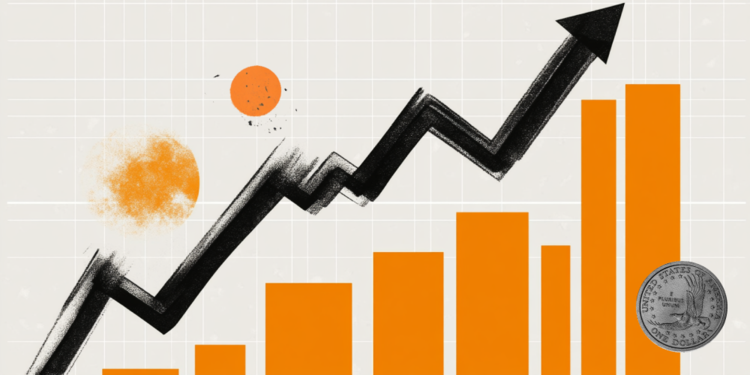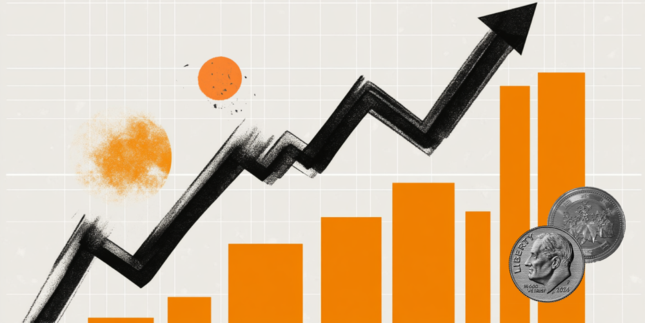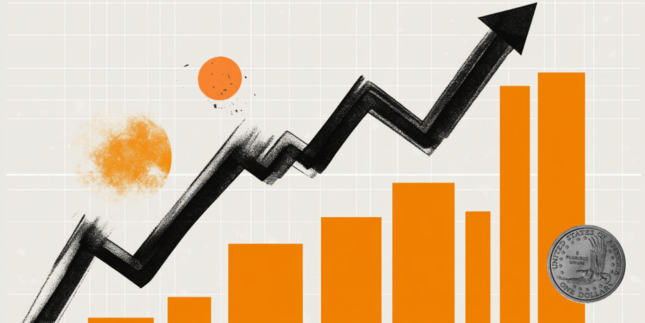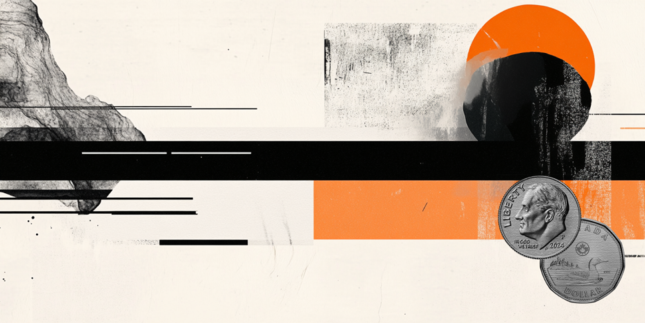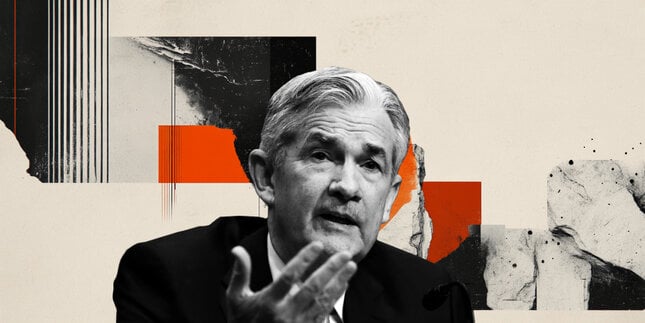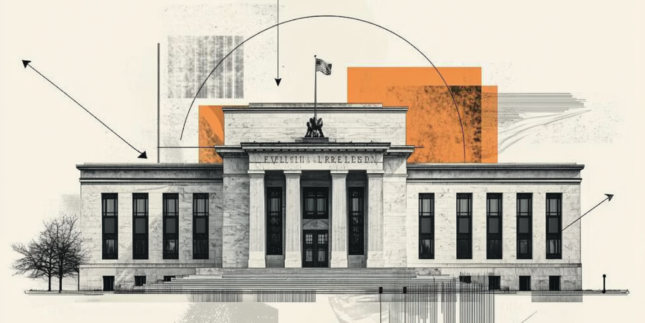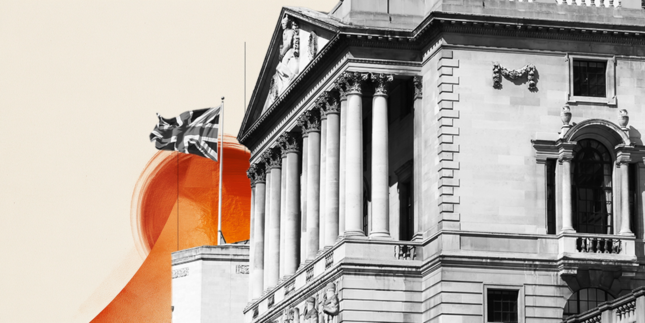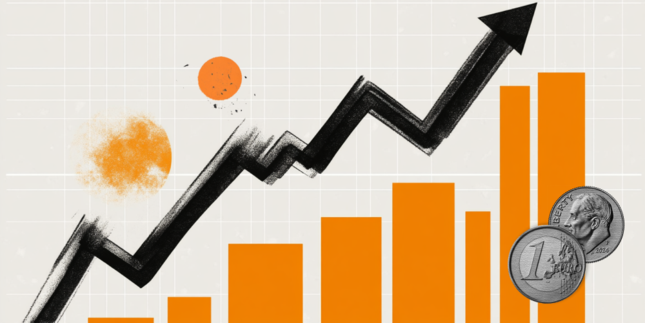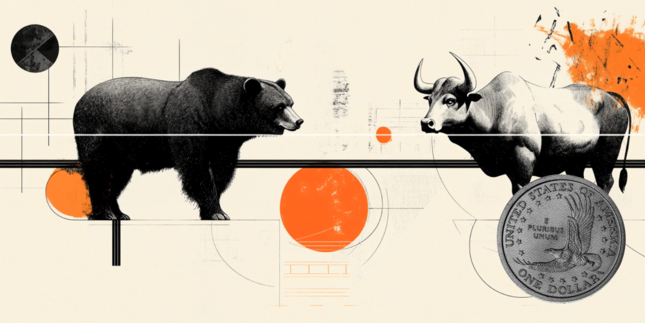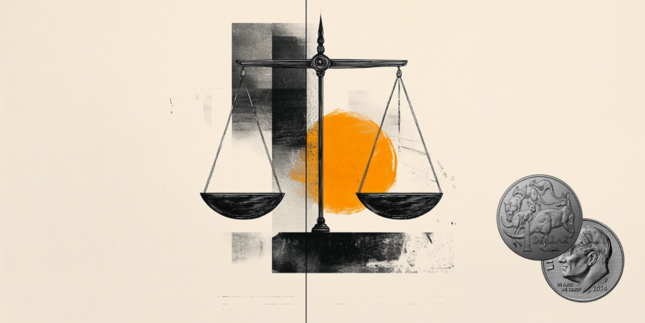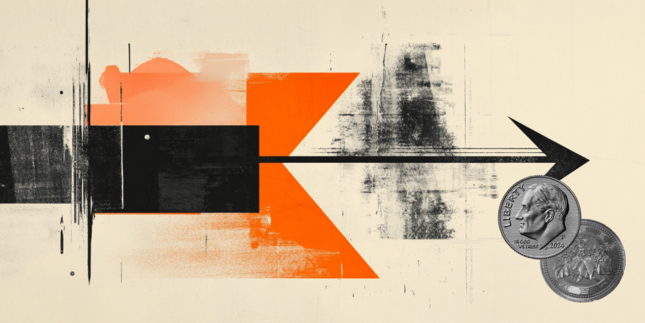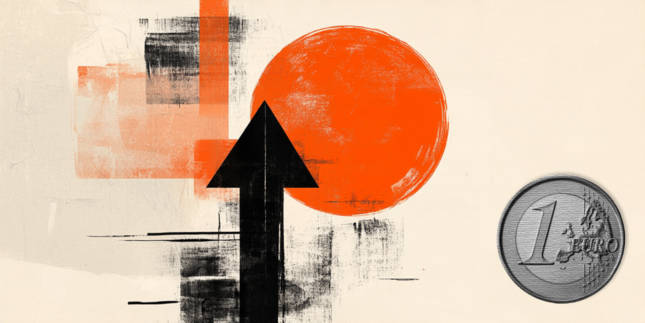US Dollar gives up gains despite strong CPI data
- The US Dollar Index jumped after January CPI data surprises to the upside, fueling expectations of higher rates for a longer period, but then reversed its course.
- Federal Reserve Chair Jerome Powell avoids giving clues on rate cuts, reinforcing a cautious outlook for monetary policy.
- US Treasury yields rise as markets digest stronger inflation and Powell's testimony on Capitol Hill.
The US Dollar Index (DXY), which measures the value of the US Dollar (USD) against a basket of currencies, initially climbed after January’s hotter-than-expected Consumer Price Index (CPI) data but then reversed course. Inflation exceeded forecasts, leading investors to reassess the Federal Reserve’s (Fed) policy path. While Fed Chair Jerome Powell remained non-committal on future rate cuts, Treasury yields moved higher, supporting the DXY in the early American session, but it then retreated below 107.90.
Daily digest market movers: US Dollar down as CPI surprises, Powell remains cautious
- January CPI came in higher than expected, reinforcing concerns that inflation may remain sticky for longer. Headline CPI rose 0.5% MoM in January, beating the 0.3% forecast and accelerating from 0.4% in December.
- Core CPI jumped 0.4% MoM, surpassing expectations of 0.3%, compared to 0.2% in the previous month.
- Treasury yields climb as markets reassess the Federal Reserve's policy stance following stronger inflation data.
- Jerome Powell’s second day of testimony on Capitol Hill provided no new signals on the timing of rate cuts.
- Powell reaffirmed the Fed’s independence and rejected any political pressure to alter policy direction.
- The Fed chair stated that inflation progress has slowed, but the 2% target remains the central bank’s priority. He emphasized that monetary policy rules should serve as a guideline, not a strict rule for decision-making.
- Markets are pricing in fewer rate cuts for 2025 after the latest inflation data and Powell’s comments, which might benefit the USD.
- The CME FedWatch Tool now shows a reduced probability of a rate cut in May following the CPI report.
- Investors shift focus to upcoming Retail Sales and Producer Price Index (PPI) data for further inflation insights.
DXY technical outlook: Struggles to hold 108.50 as bearish signals persist
The US Dollar Index attempted to break higher but faces resistance at 108.50, struggling to reclaim the 20-day Simple Moving Average (SMA). The Relative Strength Index (RSI) remains below 50, signaling weak momentum. The Moving Average Convergence Divergence (MACD) histogram continues to show bearish traction.
Immediate support lies at 108.00, followed by the key psychological level at 107.50. A sustained move above 108.50 could open the door to 109.00, but selling pressure remains evident.
Inflation FAQs
Inflation measures the rise in the price of a representative basket of goods and services. Headline inflation is usually expressed as a percentage change on a month-on-month (MoM) and year-on-year (YoY) basis. Core inflation excludes more volatile elements such as food and fuel which can fluctuate because of geopolitical and seasonal factors. Core inflation is the figure economists focus on and is the level targeted by central banks, which are mandated to keep inflation at a manageable level, usually around 2%.
The Consumer Price Index (CPI) measures the change in prices of a basket of goods and services over a period of time. It is usually expressed as a percentage change on a month-on-month (MoM) and year-on-year (YoY) basis. Core CPI is the figure targeted by central banks as it excludes volatile food and fuel inputs. When Core CPI rises above 2% it usually results in higher interest rates and vice versa when it falls below 2%. Since higher interest rates are positive for a currency, higher inflation usually results in a stronger currency. The opposite is true when inflation falls.
Although it may seem counter-intuitive, high inflation in a country pushes up the value of its currency and vice versa for lower inflation. This is because the central bank will normally raise interest rates to combat the higher inflation, which attract more global capital inflows from investors looking for a lucrative place to park their money.
Formerly, Gold was the asset investors turned to in times of high inflation because it preserved its value, and whilst investors will often still buy Gold for its safe-haven properties in times of extreme market turmoil, this is not the case most of the time. This is because when inflation is high, central banks will put up interest rates to combat it. Higher interest rates are negative for Gold because they increase the opportunity-cost of holding Gold vis-a-vis an interest-bearing asset or placing the money in a cash deposit account. On the flipside, lower inflation tends to be positive for Gold as it brings interest rates down, making the bright metal a more viable investment alternative.
Forex News
Keep up with the financial markets, know what's happening and what is affecting the markets with our latest market updates. Analyze market movers, trends and build your trading strategies accordingly.
